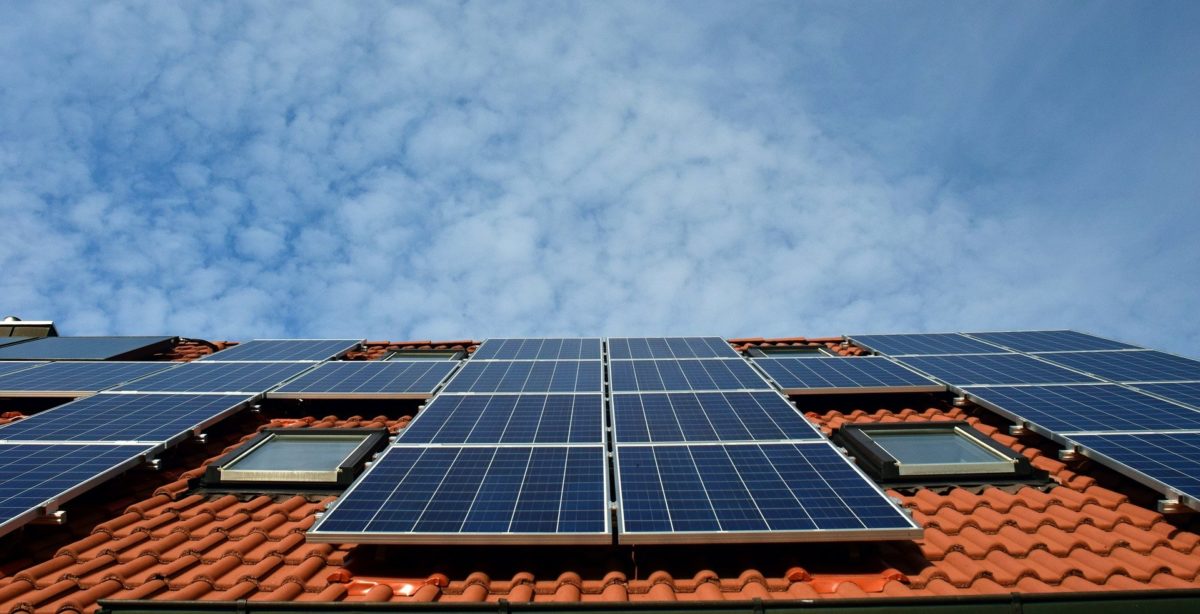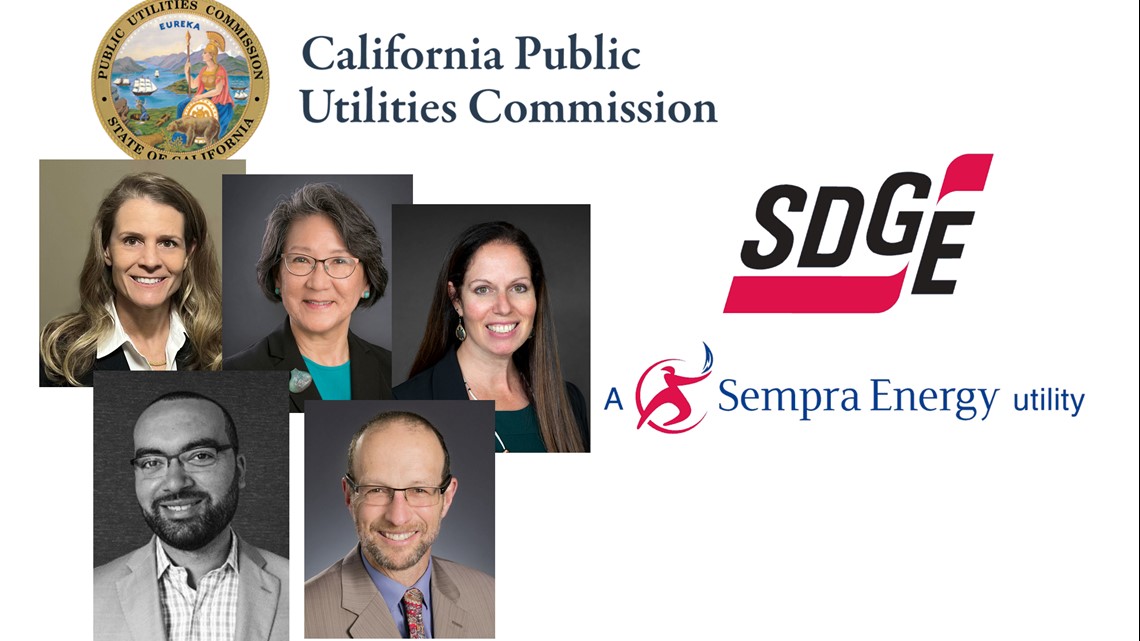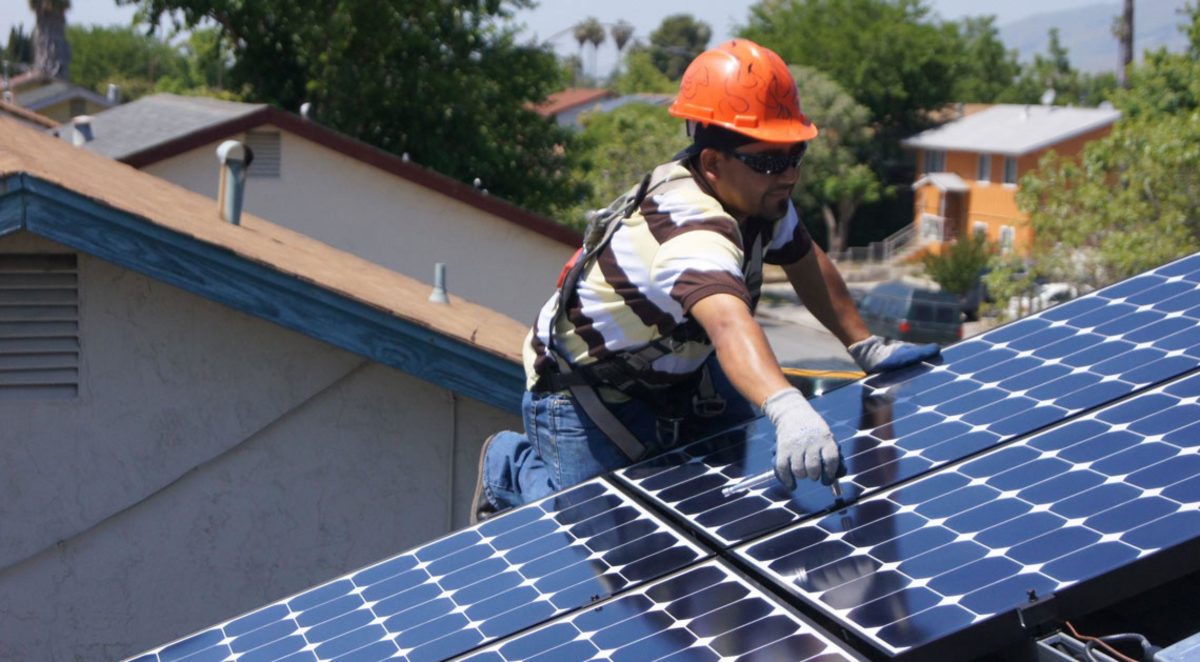They do. Here's an example from my local utility (
SDG&E) for the
EV-TOU-5 tariff which I use.
UDC = Utility Distribution Company Total Rates (this is what SDG&E gets their return on)
DWR BC = Department of Water Resources Bond Charge (apparently the DWR had to buy electricity a long time ago and we're still paying for it - probably due to utility and regulator negligence)
WF-NBC = Wildfire Fund Non-Bypassable Charge (paying again for utility and regulator negligence)
EECC = Electric Energy Commodity Cost (actual cost of electricity)
DWR Credit = (no idea what this may be, but it's $0.00000 / kWh)








